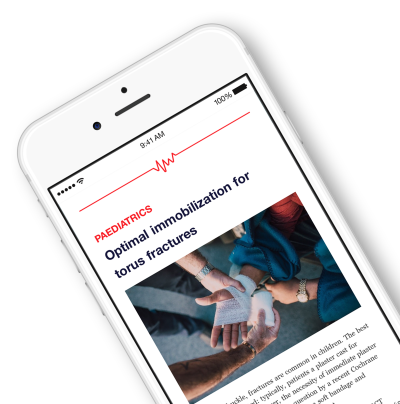
WCO-IOF: Dynamic electroneurostimulation vs placebo for osteoporotic spine fractures .
Randomized placebo controlled trial of dynamic electroneurostimulation efficiency in patients with osteoporotic spine fractures
60 postmenopausal women at least one osteoporotic vertebral fracture were randomized to receive dynamic electroneurostimulation (DENS) or placebo treatment to determine the effect of DENS on back pain and quality of life. Upon analysis, 10 treatment sessions of dynamic electroneurostimulation once daily (or every other day) was associated with significantly reduced back pain and improved quality of life in patients with osteoporotic vertebral fractures, as measured using a visual analog scale and the Qualeffo, respectively.
Unlock the Full ACE Report
You have access to 4 more FREE articles this month.
Click below to unlock and view this ACE Reports
Unlock Now
Critical appraisals of the latest, high-impact randomized controlled trials and systematic reviews in orthopaedics
Access to OrthoEvidence podcast content, including collaborations with the Journal of Bone and Joint Surgery, interviews with internationally recognized surgeons, and roundtable discussions on orthopaedic news and topics
Subscription to The Pulse, a twice-weekly evidence-based newsletter designed to help you make better clinical decisions
Exclusive access to original content articles, including in-house systematic reviews, and articles on health research methods and hot orthopaedic topics































































